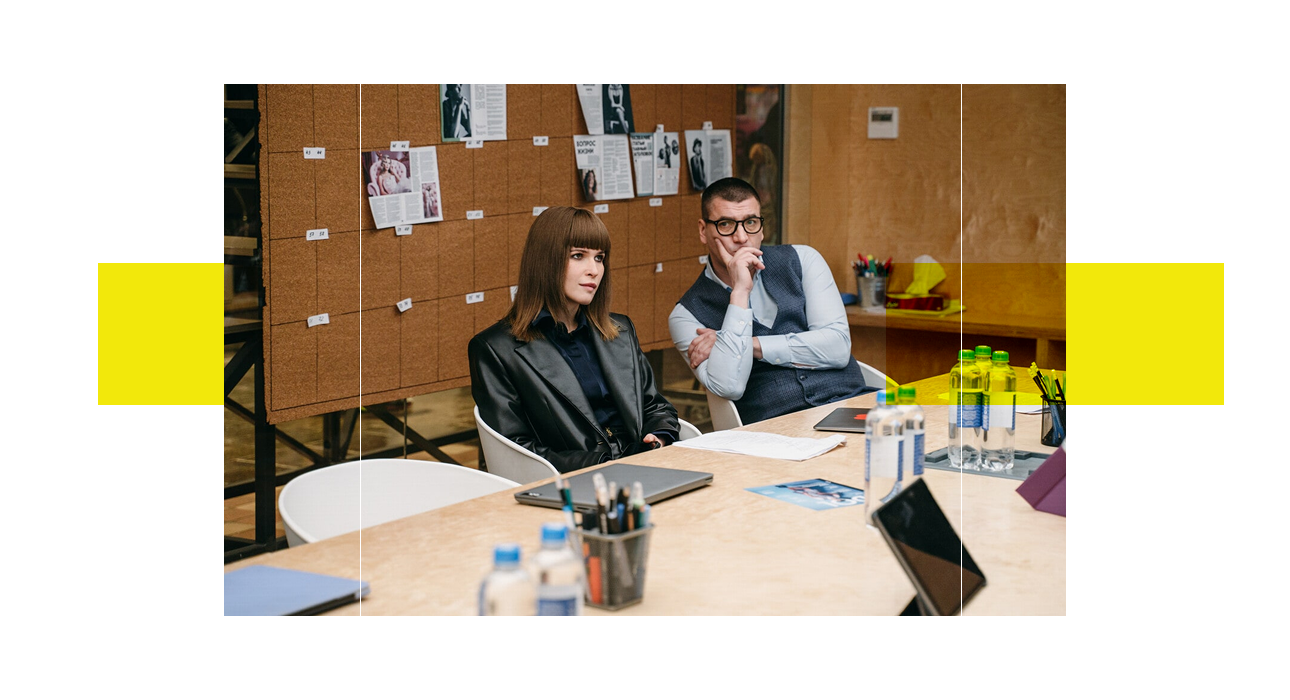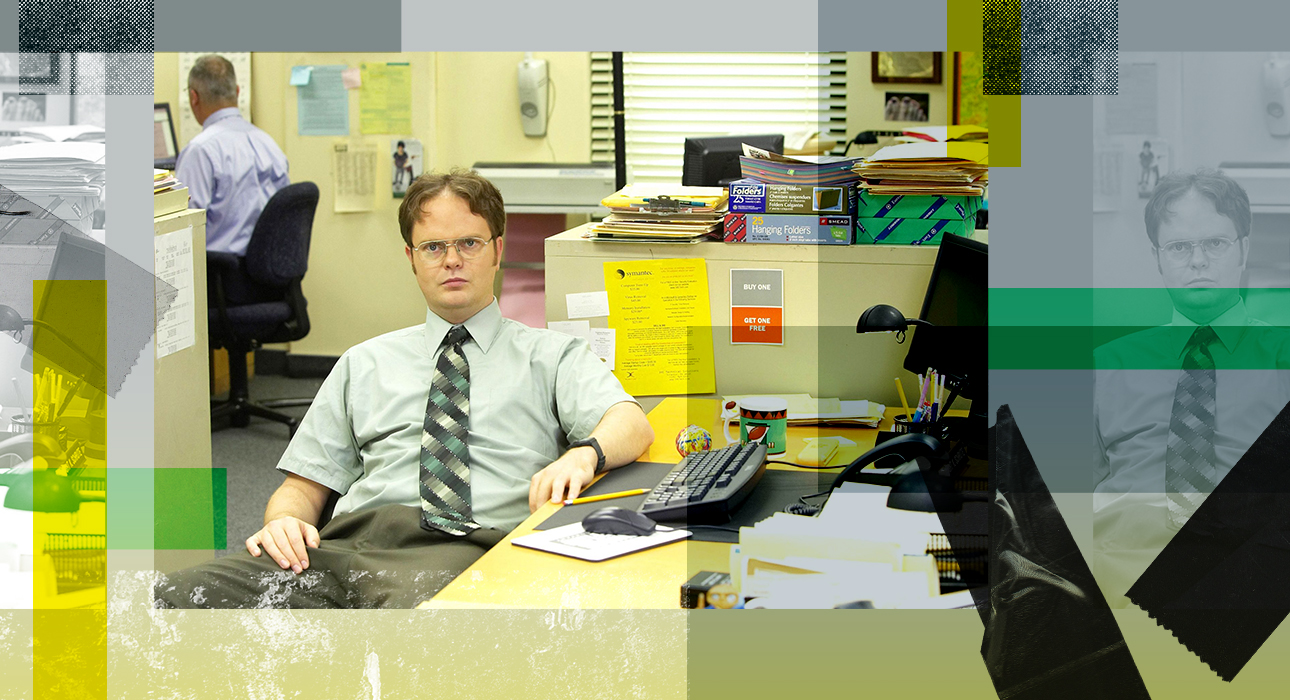Each of us has experienced fatigue, and not just simple fatigue that disappears after a busy weekend or relaxing in the spa, but severe fatigue that oppresses from within, causing a feeling of apathy and irritability.
We are in no hurry to make a diagnosis, but this is most likely how emotional burnout manifests itself. Career psychologist Margarita Pakhotina told The Fashion Vibes more about this condition, its causes, stages and methods of relief.

Margarita Pakhotina, career psychologist, member of the Association for Psychoanalytic Coaching and Business Consulting, author of the Telegam channel about careers “Field of Daisies”
Burnout doesn’t start suddenly. At first, you are passionate about your job, taking on new tasks, working to the limit, and believing that you have the power to do anything. But gradually energy disappears: instead of pleasure from work, irritation and emptiness appear. Burnout develops gradually and affects motivation, self-confidence and relationships with people. It weakens internal resources and over time affects both physical and mental health.
What is burnout?

Burnout is a psycho-emotional condition resulting from chronic stress at work. It is characterized by long-term depletion of mental and physical resources. Burnout is not just fatigue that goes away after sleeping or resting. It requires professional psychological help.
Burnout can be recognized by three basic signs: emotional exhaustion, a cynical attitude towards one’s work, and a decrease in personal effectiveness.
Burnout is most common in helping professions such as doctors, teachers, and counselors. But in recent years it has become common among managers, IT professionals, entrepreneurs and other professionals working under high pressure and constant uncertainty.
Stages of burnout
Psychologists identify five stages in the development of burnout:
Stage 1. Honeymoon. In the beginning, all work is filled with enthusiasm: you want to work more, take on new projects, prove to yourself and others your own effectiveness. The person is busy and does not pay attention to signs of fatigue.
Stage 2. The emergence of stress. Gradually the load becomes noticeable. There is tension, first difficulties in sleeping, irritability, concentration decreases. There is a feeling that rest no longer helps complete recovery.
Stage 3. Chronic stress. Symptoms become permanent: constant fatigue, frustration, decreased interest in work. There are more mistakes, productivity decreases, dissatisfaction with oneself and others increases.
Stage 4. Burnout. At this stage, the person feels apathy and emptiness. There is no strength for new tasks, everything seems difficult and meaningless. Work no longer brings joy and rest doesn’t help either.
Stage 5. Chronic burnout. If nothing changes, the situation becomes permanent. Sleep is disrupted, anxiety and irritability increase, and psychosomatic symptoms appear. This stage cannot be avoided without professional help and systematic changes.
Causes of burnout

There are two categories of burnout – external and internal.
External causes relate to working conditions: overload, irregular schedule, lack of resources, toxic corporate culture, lack of support. All of this creates chronic distress.
Internal reasons are related to personality traits. Perfectionism and self-criticism push you to take on too many tasks. Anxiety tends to make it difficult to ask for help. And difficult childhood experiences – experiences of violence or poverty – can form the habit of “holding on until the end.” This makes the person particularly vulnerable and increases the risk of recurrent burnout.
Why is burnout dangerous?
Burnout affects not only your work but also your health. According to a European study, only 10% of working adults who experienced weekly burnout symptoms were healthy; This means they do not have any physical illness or common mental disorder.
The mental health consequences of burnout often include anxiety and depression. The longer a person remains in a state of burnout, the more this weakens cognitive function, memory and attention, and reduces overall performance.
In addition to its mental consequences, burnout also causes serious harm to the body. Chronic stress keeps cortisol levels high, which weakens the immune system and causes inflammation and infections to be more common. It also has long-term effects: Burnout is associated with hypertension, cardiovascular disease, and digestive disorders such as irritable bowel syndrome. Over time, it can contribute to the development of metabolic disorders, including obesity and insulin resistance. Consequences can also include musculoskeletal pain, chronic fatigue, sleep problems, endocrine disturbances, and decreased physical endurance. If ignored for a long time, these processes can lead to destruction of the body, including autoimmune diseases.
How to protect yourself: three levels of anxiety

It is impossible to deal with burnout with just one technique. This is a complex process and the steps are important at different levels.
Self-help here and now. When things get tough, simple practices help: breathing exercises like “4-7-8,” short walks, light physical activity, or journaling your emotions. These methods relieve acute tension and allow you to recover a little.
Reorganization of routine. Systemic changes are needed to reduce or reverse the risk of burnout: the ability to set personal boundaries and say “no,” adding regular rest to the schedule, and limiting work hours. The support of friends and colleagues is of great importance, which helps not to be alone with the problem.
Working on underlying causes. Burnout often results from persistent patterns such as perfectionism, repressed emotions, and old traumas. It is important to discuss these in depth with a psychologist. This approach not only reduces symptoms but also changes the mechanisms that trigger the burnout cycle. It is especially important to consult a professional if burnout occurs repeatedly.
Burnout develops gradually: from the “honeymoon” to a chronic state of apathy and exhaustion. It affects not only productivity but also health, from cognitive impairment to psychosomatic diseases. But the process is reversible: the sooner a person notices the first signs and begins to take action, the higher his chances of preserving energy, stability and joy of life.
By the way, we have previously talked about “silent chatter”, a new trend for office workers. What is it – read here.
Source: People Talk
Errol Villanueva is an author and lifestyle journalist who writes for The Fashion Vibes. With a passion for exploring the latest trends in fashion, food, travel, and wellness, Errol’s articles are a must-read for anyone interested in living a stylish and fulfilling life.





.png)